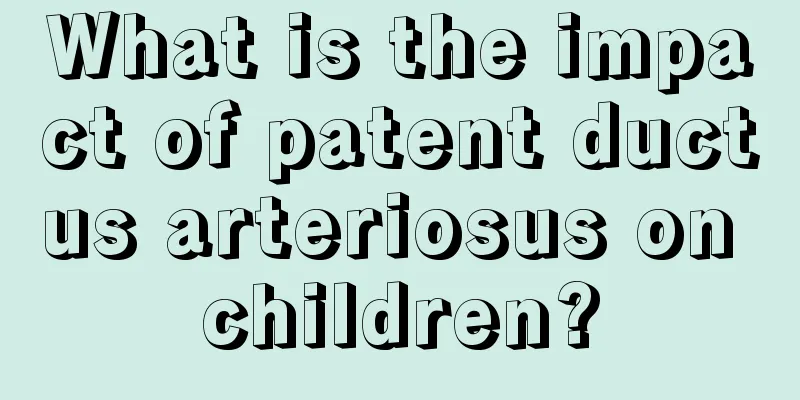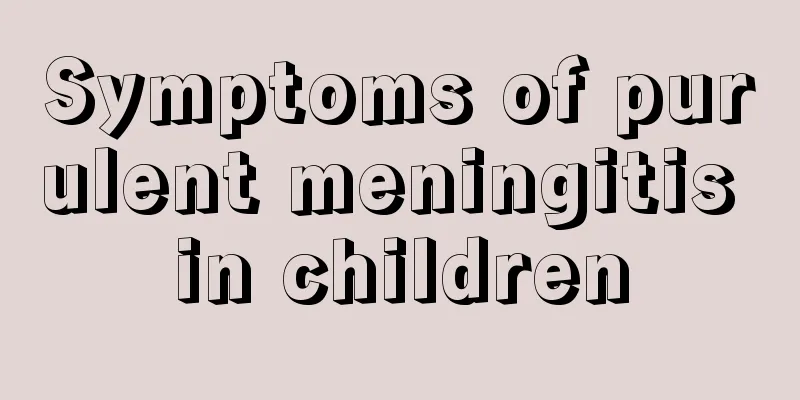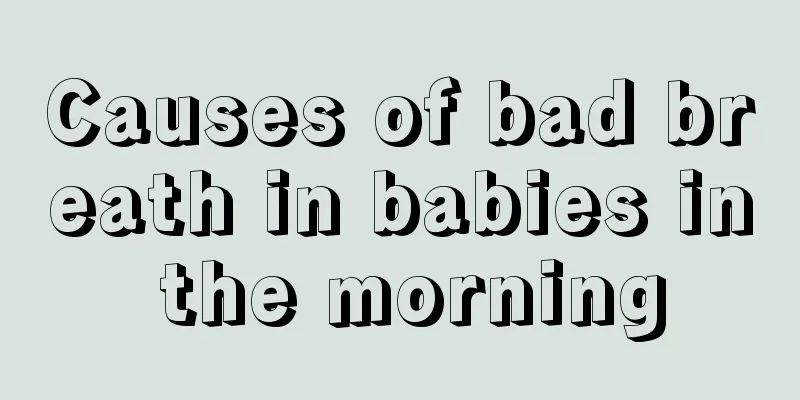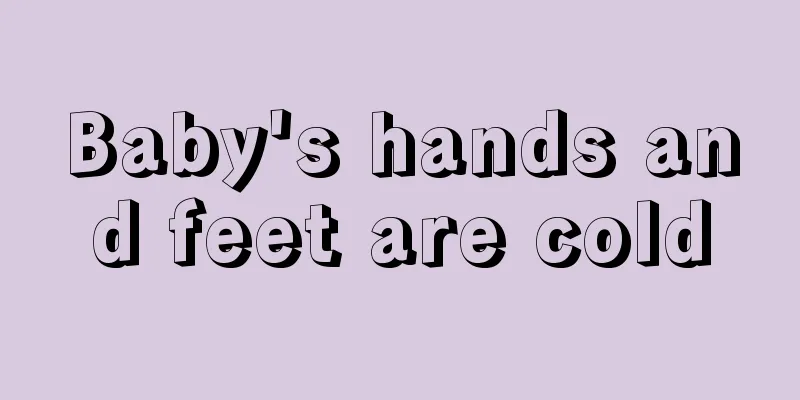What is the impact of patent ductus arteriosus on children?

|
Have you ever heard of patent ductus arteriosus? I believe that those who have patients at home know that patent ductus arteriosus is caused by our common congenital heart disease. Speaking of heart disease, I believe everyone knows about it. So we can imagine how much impact this has on children. Of course, patent ductus arteriosus is no exception. So, what is the impact of patent ductus arteriosus on children? If you don't know, I will introduce them to you one by one! Effects of patent ductus arteriosus on children: 1. In infancy, acute respiratory failure may occur due to left heart failure. When right-to-left shunting occurs, shortness of breath and cyanosis after exertion will occur. 2. When patent ductus arteriosus is complicated by endocarditis or ductus arteriosus endocarditis, fever, sweating, weight loss, fatigue and heart failure may occur. A small patent ductus arteriosus. 3. It is recommended to observe the baby’s condition. Generally, the baby may recover on his own around one year old. Larger defects may need to be treated as early as possible to avoid delaying the disease. Patent ductus arteriosus is a simple congenital heart disease and the current treatment technology is mature. The effect is good. If the treatment is timely. Generally it will not affect your normal life and work in the future. I hope my answer is helpful to you and I wish you good health and happiness. Now that we know the impact of patent ductus arteriosus on children, let’s understand why the ductus arteriosus closes automatically during the fetal period. Since the ductus arteriosus is open normally during the fetal period, it is the only way for blood circulation during the fetal period. After birth, as breathing is established, the blood oxygen partial pressure increases, prompting the ductus arteriosus to complete functional closure within 10-15 hours after birth. About 80% of infants will have anatomical closure within 6 months after birth, and a few may be delayed until one year old. If it is still not closed after one year old and pathophysiological changes occur, it is called patent ductus arteriosus. Patent ductus arteriosus is one of the common types of congenital heart disease in children, which is a left-to-right shunt. Its hemodynamic changes depend on the size of the shunt volume, which is related to the thickness of the ductus and the pressure difference between the aorta and the pulmonary artery. The treatment of patent ductus arteriosus is: 1. Drug treatment: prevent and treat infective endocarditis, respiratory tract infection and heart failure. For premature infants with patent ductus arteriosus, 0.2-0.3 mg/kg of indomethacin or 20 mg/kg of aspirin can be taken orally 4 times a day to inhibit prostaglandin synthesis and close the ductus. 2. Interventional treatment: that is, closure of patent ductus arteriosus, which is indicated for various types of PDA. Selection of closure device: For children with PDA diameter <0.3cm, use spring coils; for children with PDA diameter >0.3cm, use mushroom caps. The operation is minimally invasive, highly safe, easy to operate, with few complications and a short hospital stay (usually 3 days). 3. Surgical treatment: open chest surgery to ligate, cut and suture the ductus arteriosus. This is the end of the introduction about the impact of patent ductus arteriosus on children. I hope you can understand it, which will help you to control the disease. Finally, I would like to remind you that if you suddenly find that your child is feeling unwell, you should seek professional medical treatment in time. After all, congenital heart disease is not something we can control. |
<<: What to do if your baby is allergic to milk
>>: Which month is the golden period for growing taller?
Recommend
What happens if your baby takes too much zinc?
In daily life, babies need to supplement the trac...
Baby skin ringworm
After the baby is born, parents will take extra c...
What to eat for children with precocious puberty
Today's parents pay more attention to their c...
Is it okay for children to drink milk powder at night?
When parents are taking care of their children, t...
What are the health products that promote children's growth?
Many parents worry that their children will not g...
My baby has severe constipation. What are some tips for treatment?
Constipation is a problem that many babies have. ...
First aid for children with fever
What parents worry about most is their children&#...
How to treat allergic rhinitis in children?
If children develop allergic rhinitis, they can b...
The child foams at the mouth and snores while sleeping
If a child foams at the mouth while sleeping and ...
What are the new treatments for cerebral palsy in children?
Due to the influence of the environment, many chi...
Why does a child have blisters on his tongue when he has a fever?
When a child has a fever, parents will become ver...
Treatment of thumb disease in newborns
Many people's children, newborn babies may ha...
What to do if your baby has bloody stools
Many people have experienced red stools or stools...
What fruits are good for children with cold and cough
Our traditional Chinese medicine believes that co...
Symptoms of calcium deficiency in 2-month-old babies
Calcium plays a very important role in human grow...









